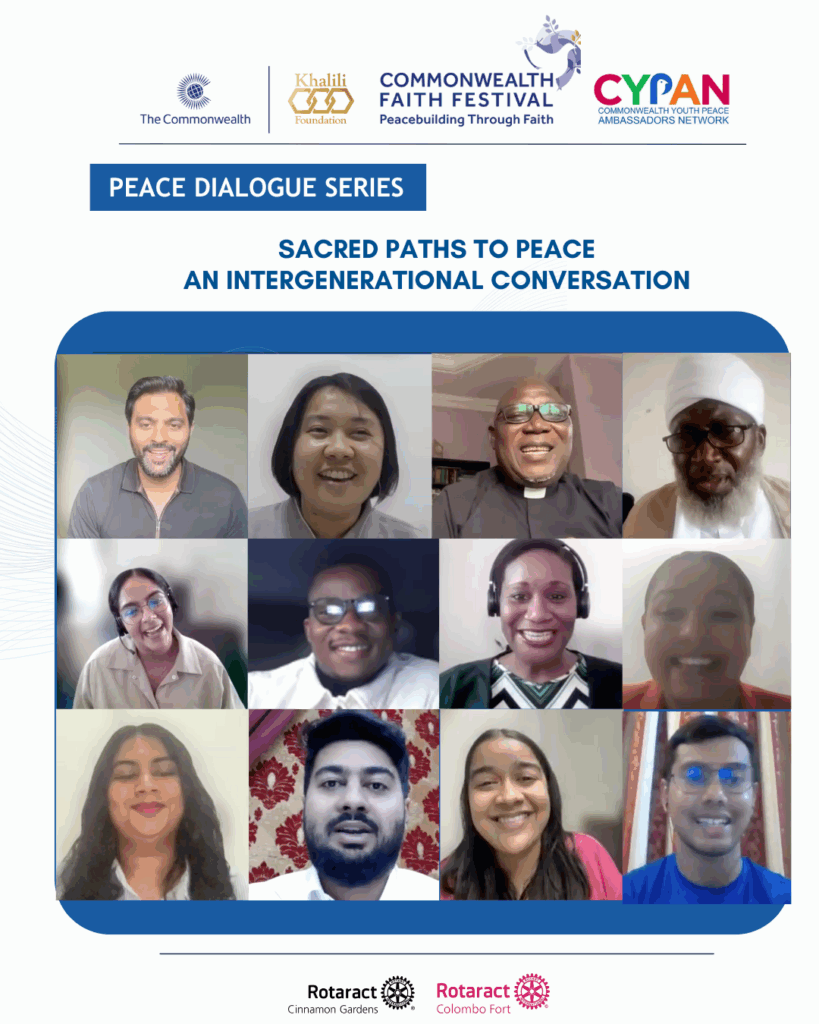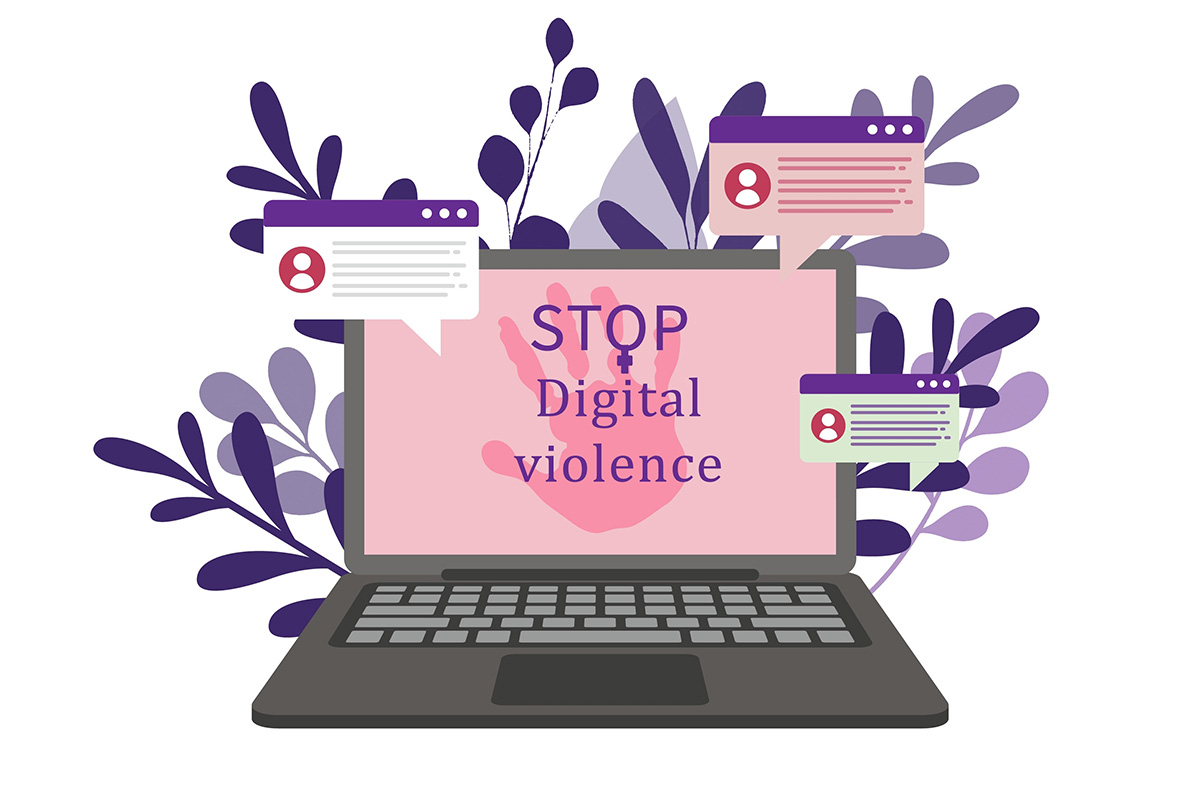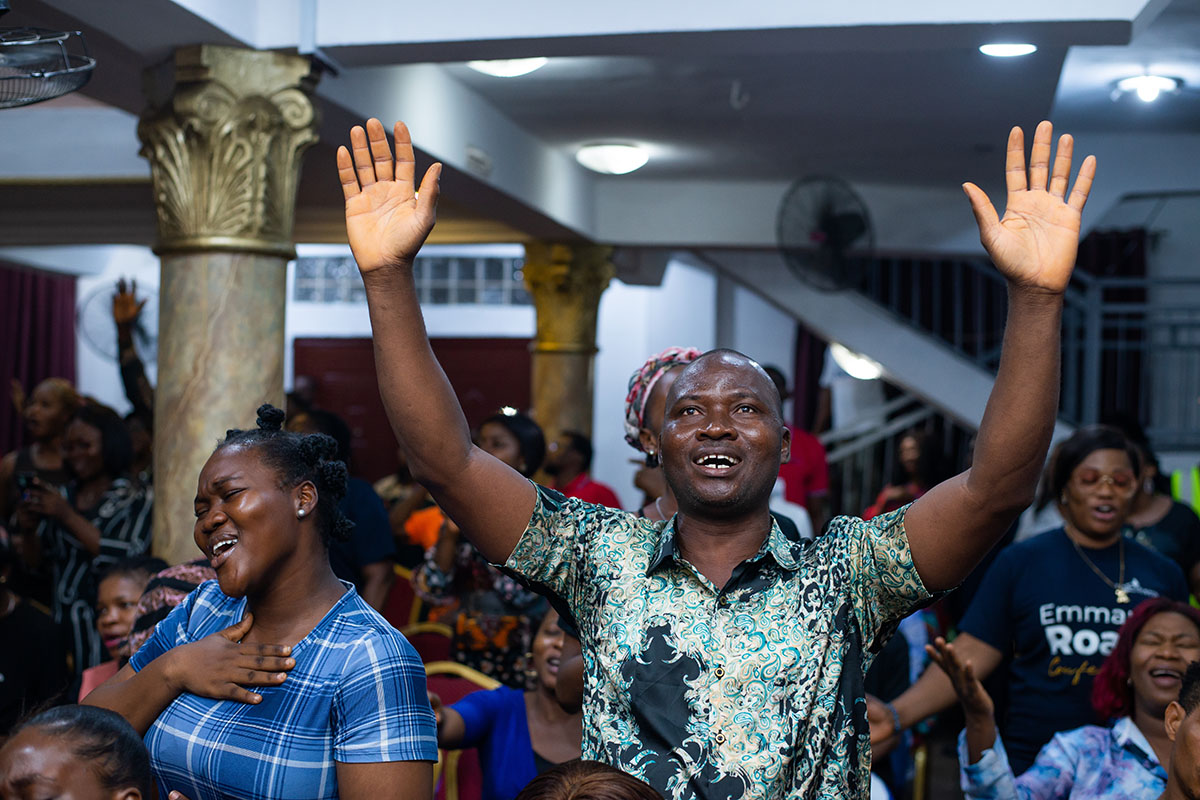Sacred Listening: Reflections on Peace, Faith, and the Intergenerational Call
August 3by Nathan Fisho
Peace is a term we often encounter in mission statements, ceremonies, and community declarations. Yet, when it is spoken with true intention, it still carries a profound weight. That was the lasting impression left by the recent Sacred Paths to Peace: An Intergenerational Conversation webinar, held in July as part of the Commonwealth Faith Festival.
Rather than a traditional dialogue on political or strategic peacebuilding, the session became something more introspective: a collective act of spiritual witness. Faith leaders, elders, and youth gathered in a virtual circle, not to debate policy, but to explore the sacred dimensions of peace and the role of spiritual practice in sustaining it.

Spirituality as Practice, Not Performance
One speaker expressed, “Peace and spirituality cannot be separated — one flows from the other.” Another reflected, “We’ve forgotten that peace is something we practise, not just something we preach.”
These statements did not come across as abstract ideas but rather as lived truths — deeply rooted in memory, ritual, and ancestral knowledge. For a young participant like myself, it was a powerful reminder that peace is not merely the absence of conflict. It is a conscious, daily discipline — and, for many, a sacred path that must be walked with intention.
Generational Dynamics and Directionality
That said, the session also raised some questions around generational voice and agency. While the space was welcoming and warm, the flow of wisdom was, at times, one-directional — from older to younger participants. The conversation leaned heavily on traditional understandings of peace and sacredness, often framed in language that felt rooted in past experiences.
“Young people must return to the sacred,” one elder stated. “Our ancestors knew how to live in balance. That’s the path to peace.”
But it prompted reflection: What about the sacred work being carried out by young people today? What about the ways we pursue peace through activism, community care, mutual aid, and digital solidarity? In a world marked by climate collapse, systemic inequality, and inherited trauma, many in my generation are forging new paths — ones that often look different from the models we have inherited.
Redefining Sacredness for a New Era
As one youth contributor insightfully shared, “Peace for me begins with healing. We’re living with inherited trauma — from colonisation, racism and climate collapse. Sacredness, for us, looks like unlearning shame, making space for joy, for truth-telling.”
This sentiment reflects a shift in how peace is conceptualised across generations. Where older frameworks may emphasise stillness, obedience, or religious tradition, younger expressions of peace are often more fluid — rooted in justice, liberation, and radical imagination. Yet, this need not be a point of division.
The wisdom of elders remains deeply valuable. Their words carried the depth of experience, the echoes of movements past, and a reverence for community that is desperately needed today.
Their presence felt like an offering — not as instruction, but as inheritance. One particularly poignant quote remains with me: “Peace is not something we inherit; it’s something we keep choosing.”
Peace as a Living, Shared Commitment
Ultimately, this conversation reminded me that peace is not a destination we reach alone. It is an ongoing, intergenerational project — shaped by those who came before and those who are yet to come. If we can learn to speak with one another — not in hierarchies, but in genuine exchange — then perhaps we can begin to reimagine what sacred peace looks like in our time.
Because peace, at its core, is not static. It is a living practice. A shared commitment. And when anchored in both memory and imagination, it becomes a path we can walk together.




